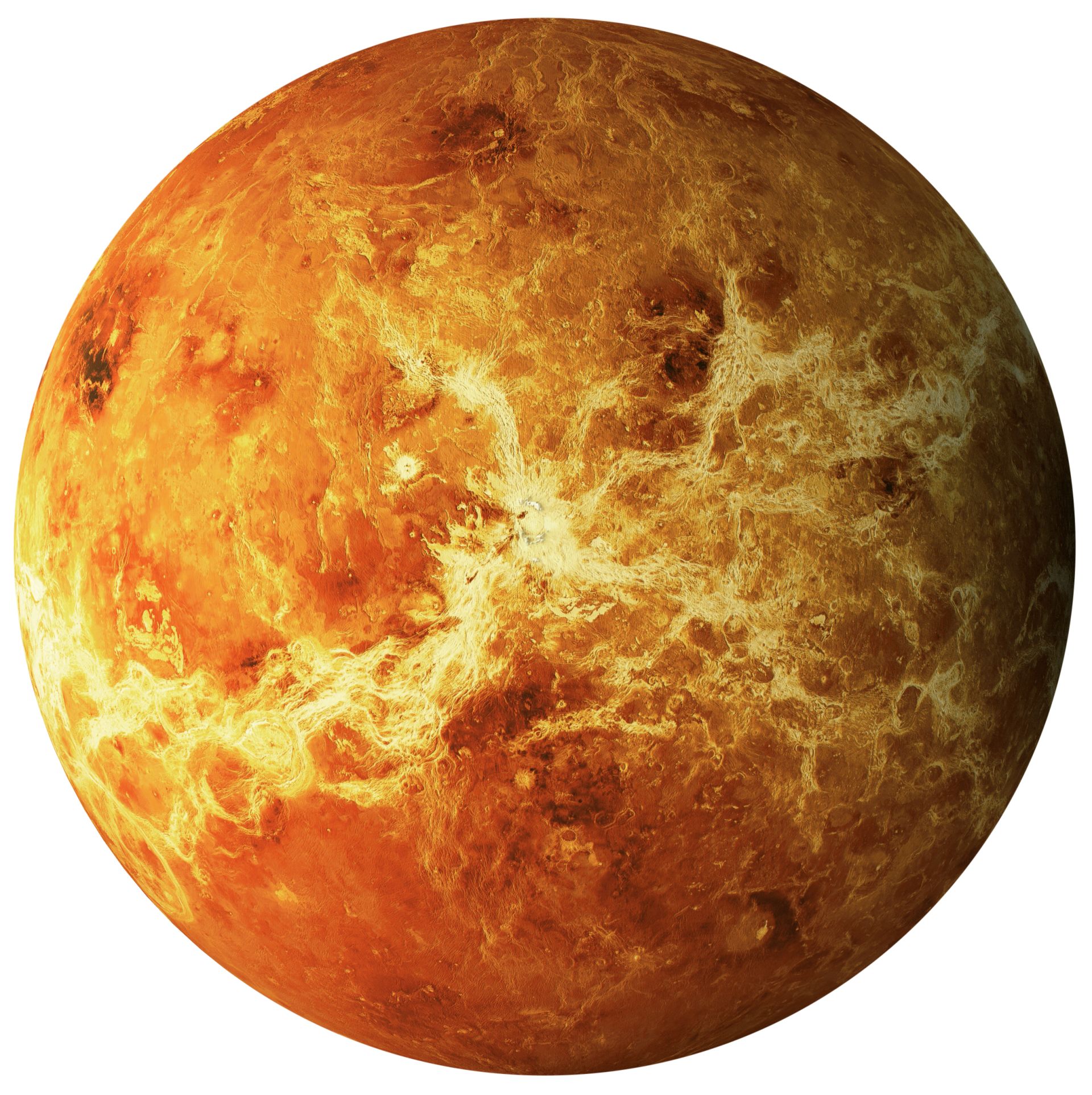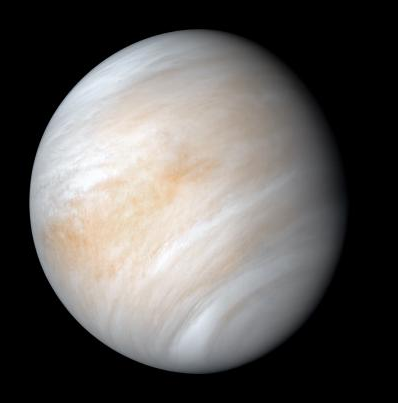Overview
There has been a groundbreaking discovery on Venus. Lone oxygen atoms have been detected on the planet’s dayside. This distinct form of atomic oxygen, different from the familiar two-atom molecular oxygen, opens new avenues for understanding our neighbour’s atmospheric dynamics.

The Discovery
Scientists have discovered how oxygen behaves on Venus, giving us a deeper understanding of the planet’s atmosphere. A comprehensive study examining 17 locations on both day and night sides unveiled a consistent presence of oxygen.
The oxygen atoms, formed on Venus’s scorching dayside through carbon dioxide and carbon monoxide breakdown, travel to the cooler nightside. They combine to form molecular oxygen in an intriguing process, playing a crucial role in Venus’s atmospheric chemistry and energy balance.

This cosmic phenomenon, long mysterious due to limited observations, has been unveiled thanks to the upGREAT array spectrometer on the Stratospheric Observatory for Infrared Astronomy (SOFIA).
Scientists have definitively detected atomic oxygen at different positions through multiple observations on both the dayside and nightside.
The resulting measurements range from 0.7 to 3.8 × 10^17 cm^-2.
With temperatures varying from around 156 K on the dayside to 115 K on the nightside, at altitudes of about 100 km, these findings paint a celestial masterpiece, enhancing our knowledge of our neighbour’s atmosphere and opening up new possibilities for planetary research.
Lead author Heinz-Wilhelm Hübers, a physicist from the German Aerospace Center, emphasized the stark differences in Venus’s dense and composition-divergent atmosphere compared to Earth. The planet’s thick atmospheric layers, causing a runaway greenhouse effect, make it inhospitable for known Earthly organisms.

Hübers noted that unravelling Venus’s evolutionary mysteries is still in its infancy. According to him, the direct detection of atomic oxygen on Venus is proof of photochemistry in action—initiated by solar UV radiation—and the subsequent transport of its byproducts by the planet’s atmospheric winds.
Astrophysicist and co-author Helmut Wiesemeyer from the Max Planck Institute for Radio Astronomy highlighted the parallels with Earth’s stratospheric ozone layer, citing it as a familiar example of similar photochemical processes.
Venus-The Brightest Planet

Venus, Earth’s supposed twin, paints a contrasting picture with its scorching surface hot enough to melt lead, thanks to a thick atmosphere trapping heat. Once a potential ocean world, the brightest planet now stands as a stark opposite to Earth—spinning backwards, devoid of seasons, and bearing the scars of a runaway greenhouse effect that vaporized its surface water into space.
Delving into Venus’s mysteries might be more than just unravelling its turbulent past. It could be the key to understanding the crucial elements that kickstart life—whether on Earth, within our solar system, or beyond. The ingredients are like scattered puzzle pieces, and Venus holds the clues with its divergent path in terms of habitability. Examining why our planetary neighbour took a different trajectory could provide the insights needed to decipher the recipe for habitability
on other celestial bodies.
Atmosphere of Venus
Venus boasts the most substantial atmosphere among the terrestrial planets, including Mercury, Earth, and Mars. Dominated by over 96 per cent carbon dioxide and 3.5 per cent molecular nitrogen, this gaseous cloak also features traces of carbon monoxide, sulfur dioxide, water vapour, argon, and helium.
At the planet’s mean radius elevation, the atmospheric pressure stands at 95 bars—equivalent to the stress experienced about 1 km (0.6 miles) deep in Earth’s oceans.

In unveiling the presence of lone oxygen atoms on Venus, our understanding of the planet’s atmospheric intricacies has deepened. Through groundbreaking research, scientists have deciphered the presence of oxygen atoms on Venus’s dayside
and nightside, offering insights into its atmospheric chemistry.
As the brightest planet, continues to defy expectations, each discovery opens a new chapter in planetary exploration,
painting a vivid portrait of our celestial neighbour and twin
with secrets yet to be fully unveiled.












Comments 1